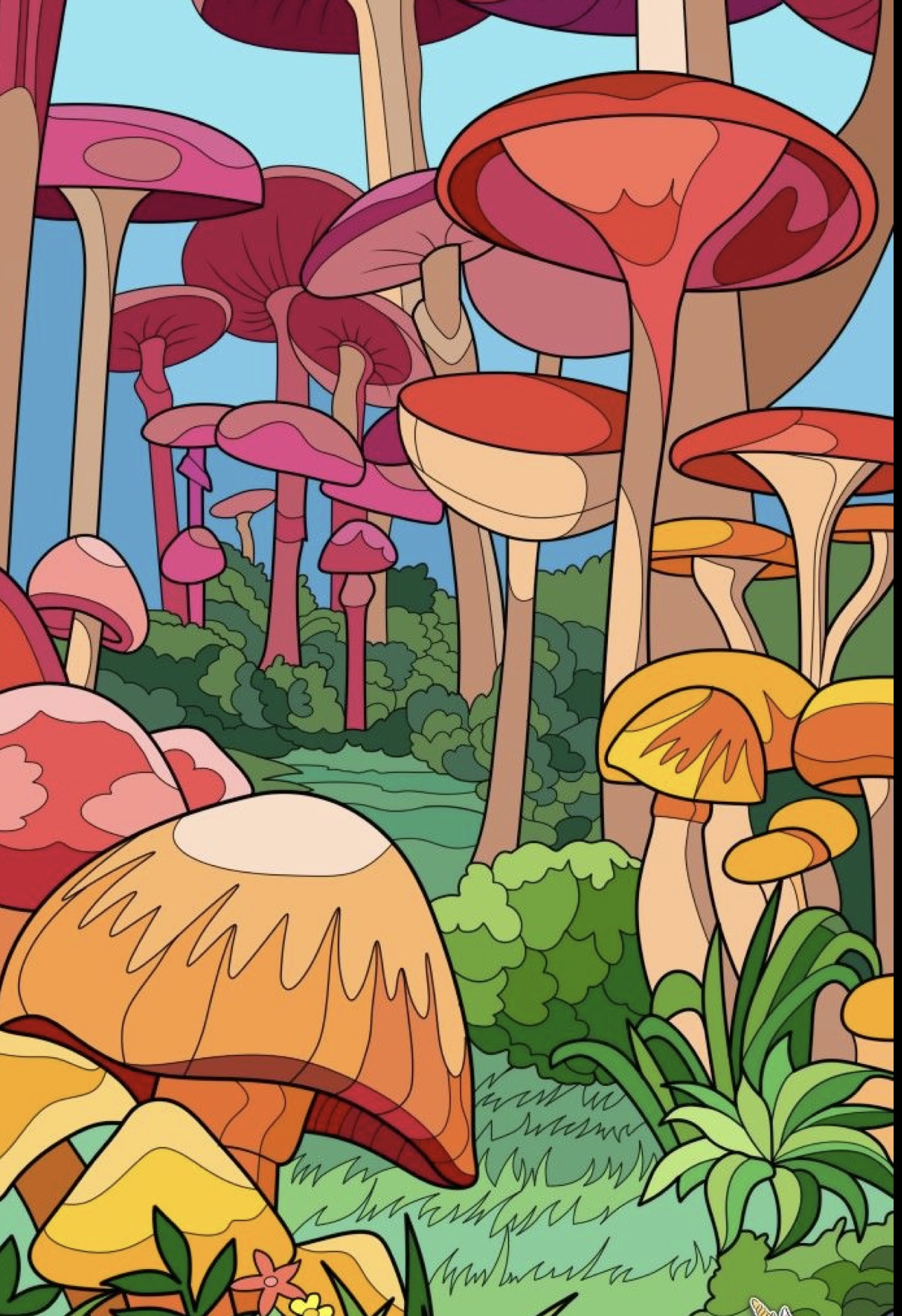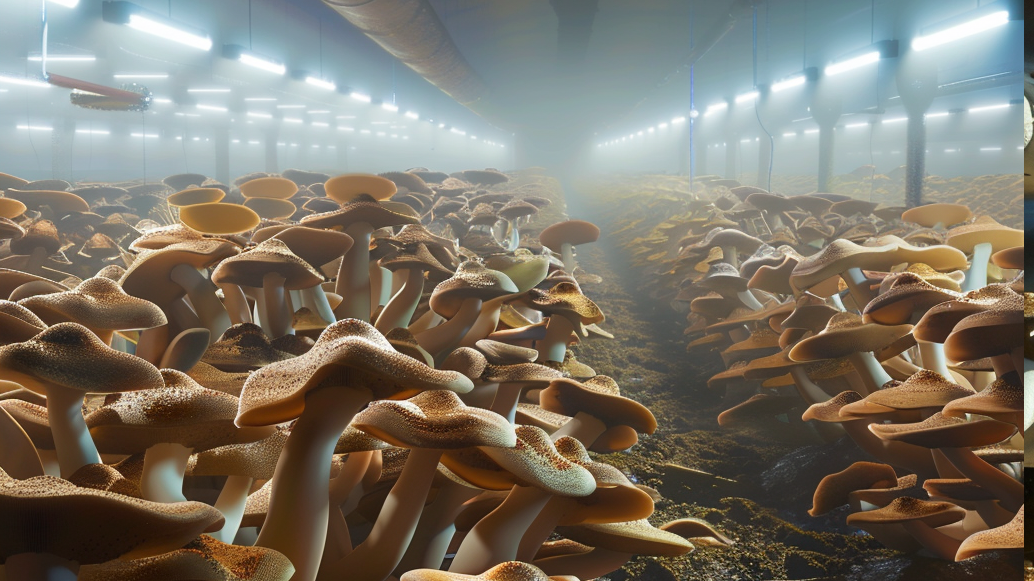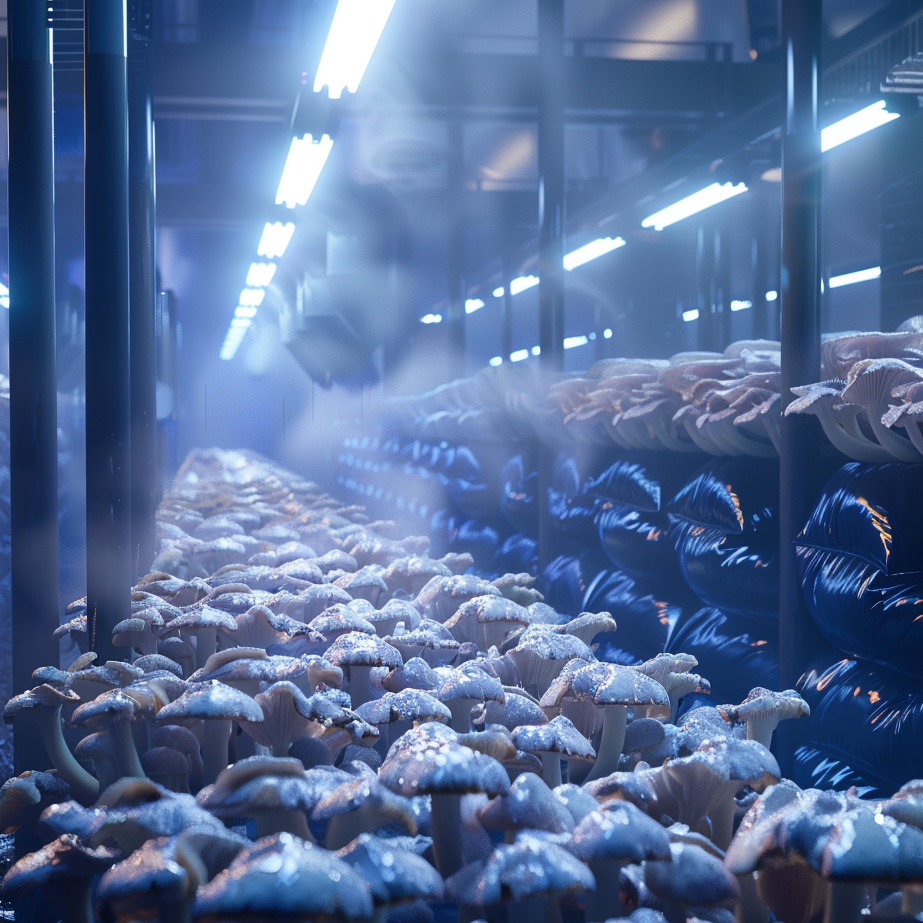


.
Table of Contents:
Choosing the right substrate is crucial for successful magic mushroom cultivation in grow bags. Each substrate offers unique benefits and challenges that can significantly impact your harvest. This comprehensive guide compares the top substrates used in magic mushroom cultivation to help you make an informed decision for your grow bags.
Magic mushroom grow bags provide a convenient and controlled environment for cultivating various species of psychedelic mushrooms. The choice of substrate plays a pivotal role in providing nutrients, moisture retention, and a conducive environment for mycelial colonization and fruit body formation.

The substrate directly influences:
Description and Suitability: Straw is a widely used substrate due to its high nutrient content and excellent moisture retention capabilities. It is accessible and affordable, making it ideal for both beginners and experienced cultivators. Straw should be pasteurized or sterilized before use to eliminate competing organisms and create a favorable environment for mycelial growth.
Straw should be chopped into small pieces and hydrated thoroughly before pasteurization. Heat the straw to the correct temperature to kill off potential contaminants without damaging beneficial microorganisms. Once cooled, inoculate the straw with mushroom spawn, ensuring thorough mixing to distribute the spawn evenly. Monitor moisture levels throughout colonization, maintaining a balance to prevent drying out or becoming waterlogged.
Description and Suitability: Manure substrates, particularly from horses or cows, are prized for their rich nutrient profile and high moisture retention capacity. They also contain natural microbial populations that benefit mycelial colonization. Proper aging and pasteurization are essential steps to reduce ammonia levels and ensure a pathogen-free substrate.
Collect fresh manure and allow it to age for several weeks to reduce ammonia content and stabilize nutrient availability. Pasteurize the aged manure by heating it to specific temperatures to kill harmful pathogens while preserving beneficial microbes. After pasteurization, mix the manure with additional materials like straw or gypsum to improve texture and nutrient content. Ensure proper aeration and moisture levels during colonization to support healthy mycelial growth.
Description and Suitability: Coir has gained popularity for its neutral pH, excellent moisture retention, and sustainability. It provides a consistent substrate for mycelial growth and is environmentally friendly. Rehydrating coir bricks with water before use and supplementing with nutrients like gypsum or coffee grounds can enhance its performance.
Begin by rehydrating coir bricks in water until they fully expand. Drain excess water and mix the hydrated coir with other supplements such as vermiculite or calcium carbonate to adjust pH and improve nutrient availability. Thoroughly mix the substrate to ensure even distribution of nutrients and moisture. Maintain adequate moisture levels throughout colonization, adjusting as needed to prevent drying out or becoming too wet.
Description and Suitability: Sawdust and wood chips offer a carbon-rich substrate suitable for various mushroom species. They come from different wood types, each influencing the flavor and growth characteristics of mushrooms. Smaller particle sizes aid in faster mycelial colonization, while nitrogen-rich supplements such as bran can improve nutrient balance.
Select hardwood sawdust or wood chips and grind them to a uniform size suitable for mushroom cultivation. Sterilize or pasteurize the substrate to eliminate competing fungi and pathogens effectively. Mix sawdust or wood chips with supplements like bran or gypsum to enhance nutrient content and improve texture. Ensure proper moisture levels throughout colonization, maintaining conditions that promote healthy mycelial growth and prevent contamination.

Description and Suitability: This substrate mix is favored for its consistent texture, moisture retention, and simplicity. It is ideal for beginners due to its ease of preparation and reliability. Mixing vermiculite and brown rice flour in a 2:1 ratio provides a nutrient-rich environment while maintaining optimal moisture levels for mycelial growth.
Combine vermiculite and brown rice flour in the specified ratio and thoroughly mix to distribute evenly. Sterilize the substrate mix to prevent contamination and ensure successful inoculation with mushroom spawn. Maintain consistent moisture levels throughout colonization, ensuring the substrate remains moist but not waterlogged. Monitor temperature and humidity levels to create an environment conducive to mycelial growth and fruiting.
Description and Suitability: Used coffee grounds are a readily available substrate rich in nitrogen and other nutrients. They offer a sustainable option for mushroom cultivation and can be easily obtained from coffee shops or households. Coffee grounds should be pasteurized before use to eliminate potential contaminants and adjust pH levels for optimal mycelial growth.
Collect used coffee grounds and pasteurize them by heating to specific temperatures to kill pathogens and stabilize nutrient availability. Mix coffee grounds with supplements like gypsum or sawdust to improve texture and enhance nutrient content. Ensure proper aeration and moisture levels during colonization to support healthy mycelial growth and prevent overheating.
Description and Suitability: Compost provides a nutrient-rich substrate with a diverse microbial community that benefits mycelial growth. It can be made from various organic materials such as vegetable scraps, yard waste, and livestock bedding. Proper composting techniques are crucial to ensure the substrate is free from pathogens and contaminants before use.

Prepare compost by combining organic materials and allowing them to decompose under controlled conditions. Monitor temperature and moisture levels to promote microbial activity and nutrient breakdown. Once fully composted, pasteurize the compost to eliminate pathogens and stabilize nutrient availability. Mix compost with additional materials like vermiculite or sawdust to improve texture and nutrient content. Maintain consistent moisture levels during colonization to support healthy mycelial growth and prevent drying out.
For more about substrates from establishments and more DIY guides, check out this resource on growing oyster mushrooms at home by UF/IFAS Extension or check out the seven stages of mushroom cultivation by Cornell Small Farms.
When selecting a substrate for your magic mushroom grow bags, consider factors such as:

Selecting the right substrate is a critical step toward successful magic mushroom cultivation in grow bags. By understanding the characteristics and best practices for each substrate, you can optimize conditions for mycelial growth and maximize your harvest.
Experimentation and careful observation will help you determine which substrate best suits your cultivation goals and environmental conditions. Whether you choose straw, manure, coir, sawdust, a substrate mix, or explore other options like coffee grounds or compost, each substrate offers unique benefits that can enhance your magic mushroom growing experience.